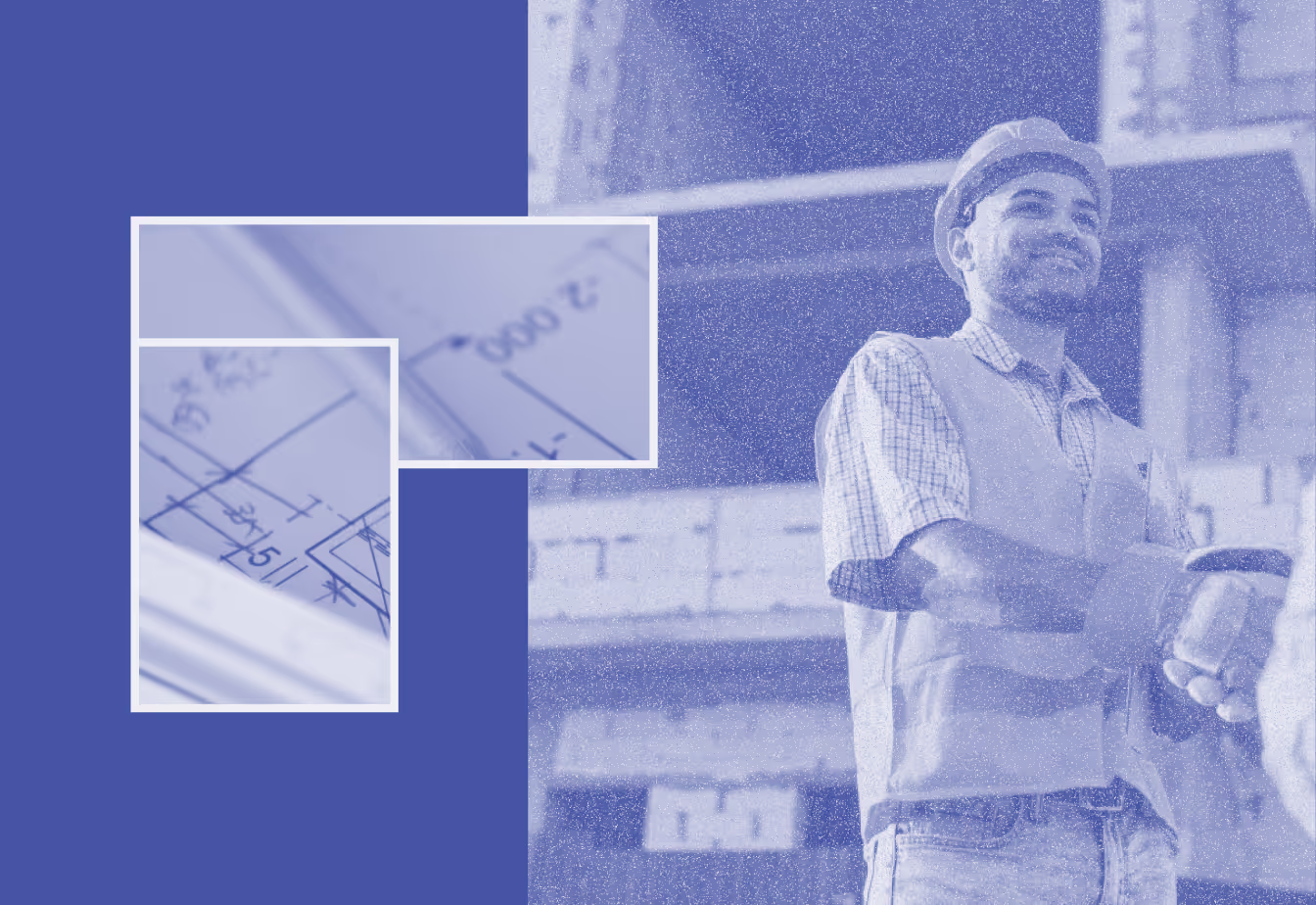Construction Loan Software Expedites the Construction Draw Process

The construction draw process has been a time-consuming challenge for decades. Capital partners and project owners alike can attest to the frustrations and inconveniences of the traditionally slow process. One of the goals of construction loan software is to simplify and speed up the draw process through automation and visibility of real-time data.
Construction loan software not only expedites construction draw processing, but it also minimizes human error and prevents data entry duplication. Let’s take a look at how the construction draw process benefits from innovative loan software and how it impacts a loan administrator's daily tasks.
Draw Application Processing
Creating a solid draw request without software is a time-consuming, cumbersome task requiring meticulous planning and preparation. With software built for the construction industry, the draw application process can be managed and automated through a centralized platform.
Focused primarily on the management and administration of post-closing loan processes, construction loan software allows borrowers, capital partners, inspectors, and contractors to easily collaborate. In platforms like Rabbet, users can upload and review documents, monitor approvals, and manage all aspects of the monthly draw process from a single location. The streamlined process leads to faster payments to contractors, supports labor retention, mitigates risk, and reduces the chance of a lien being filed.
Draw Payment Processing
Processing and disbursing draw payments based on construction progress and individual milestones often require manual input from various sources. During draw payment processing, capital partners approve the construction loan disbursements in stages as the project moves forward. Project managers request draws so they can pay contractors and suppliers to keep the project running smoothly. Both capital partners and real estate developers are under pressure to reduce draw processing time. With the help of software, construction loan administrators can maximize efficiency and relieve the burdens of manual data input by automating these processes. This way, the project thrives under continuous progress, gaining financial support on time throughout the process.
Construction Loan Disbursement Schedule
Disbursement is the act of deploying loan funds to the real estate developer. A typical construction loan disbursement schedule is set on a monthly basis, per the agreement between the bank and the borrower. Unlike a conventional loan where the money is forwarded in its entirety at closing, the construction loan is disbursed over a period of time, based on the pre-approved schedule of values and draw request schedule.
According to the draw schedule, borrowers are required to submit a detailed report of their exact achievements in the past month. The report is often backed up with invoices from the contractors performing the work or pictures of completed work. The bank will ensure the report is factual by sending an inspector to the site for confirmation. If the list of completed tasks satisfies the terms of the agreement, the next payment can be released.
Construction loan administrators face many challenges during this process. Making sure each payment request matches the work done can be time consuming, especially where on-site checks are required. Speed is essential, too—delays can hurt construction schedules, but rushing the process risks fraud or defects. Administrators must keep accurate payment records, track project progress, and monitor the budget and timeline. They must balance risk management with the need to keep projects moving.
Construction finance software helps by centralize all loan documentation and automating manual invoice reviews. Platforms like Rabbet can automatically extract key invoice data and match it to budget line items, significantly speeding up the reconciliation process.
The Construction Draw Process is Finally Manageable
Construction loan management used to be a manual and highly strenuous undertaking, always running the risk of encountering a roadblock in any of the stages of the project due to human errors. Finally, there are better solutions. The technology industry is investing in construction to make the industry more efficient and profitable. Digitization of the construction industry is slowly helping to eliminate the roadblocks that construction capital partners have been wrestling with for decades. An easier, more streamlined approach to loan administration may soon become the norm.
Learn more about how Rabbet Construction Finance can help your team manage the construction draw process.
















